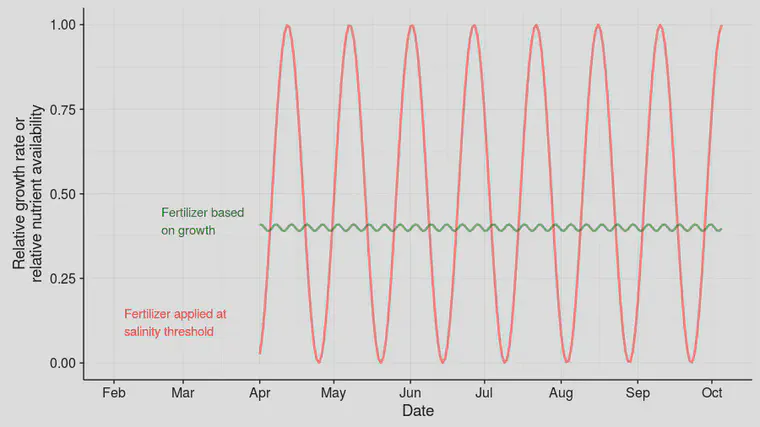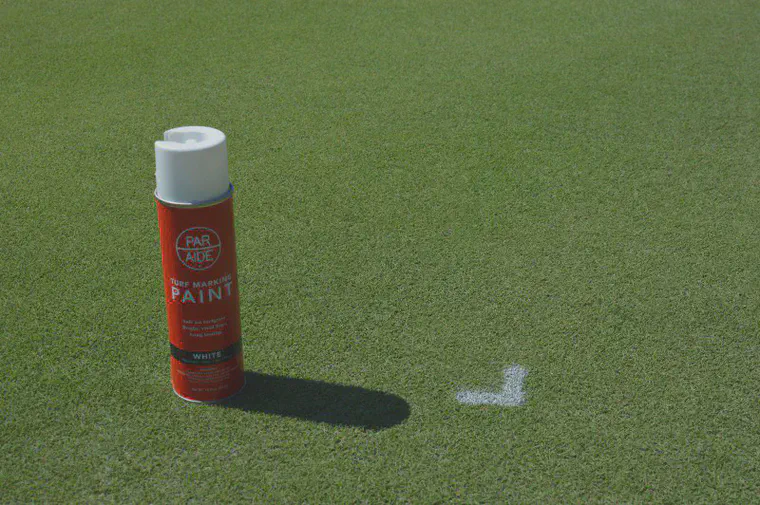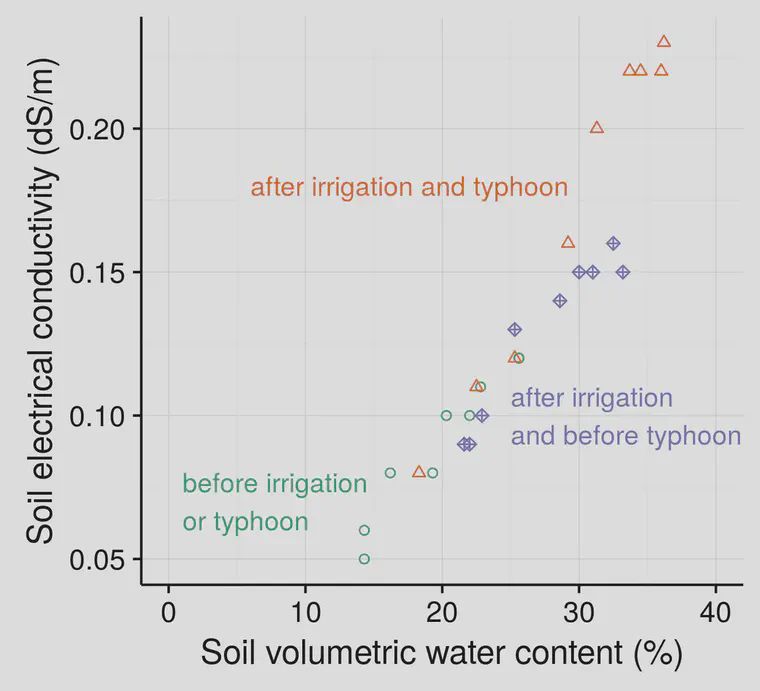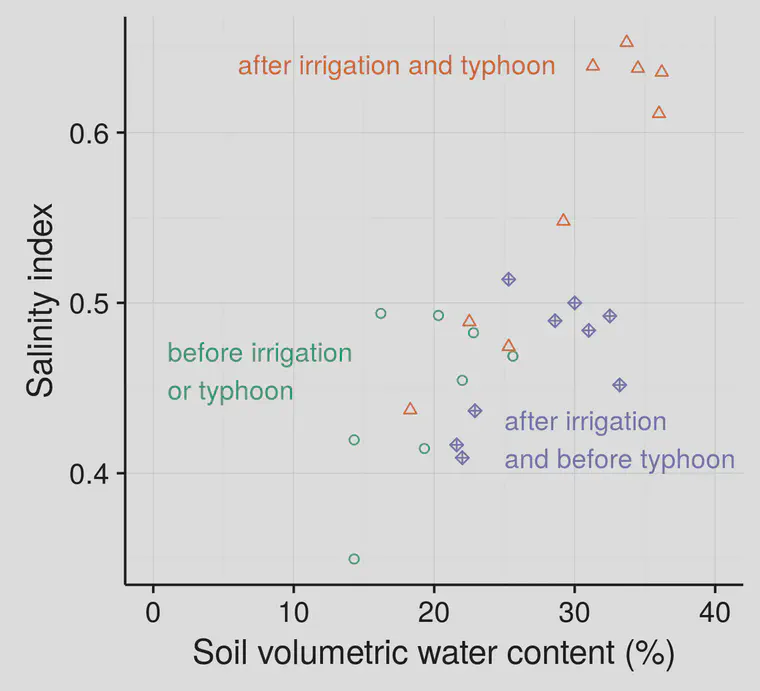“Is there a particular reason why you think it’s a poor way to fertilise?”
A correspondent wrote:
I’m hoping to get your thoughts on something I came across today.
I was discussing greens fertilising whilst at a friend’s course this morning. He went on to get his new toy, the […] He’s started to use the salinity level reading as an indicator to fertilise. So he’s found a number that he’s happy with that the turf looks hungry, applies a granular fertiliser and then waits for the number to drop back down to his threshold number again and repeats.
I’m not sure about this method as I’ve never come across it before plus I’ve never really looked into the salinity levels of my soils. I would just prefer to use gp and feel for when the plant needs something and adjust accordingly. But maybe he’s onto something.
I would love to get your feedback on this if you’re not too busy.
I replied that I think that is a poor way to decide when to fertilize. Or what to fertilize with.
Then came a few more questions:
Is there a particular reason why you think it’s a poor way to fertilise?
If he’s getting the results he desires, does that still make it poor? A reason he gave me about fertilising with a granular is that by fertilising this way, he will encourage his perennial poa rather than poa annua.
First, the idea of deliberately managing soil nutrients to fluctuate up and down seems like the opposite of what most turf managers would like to accomplish.
I think most would ideally try to keep nutrient supply and growth as consistent as possible, rather than trying to cause them to fluctuate.

Second, it’s changes in N that make grass grow, and then P and K and Ca and Mg and all the rest get taken up by the grass according to how much the grass is growing. So it makes sense to know the quantities of nutrients supplied, and also the quantities of the nutrients in the soil. But measuring the salinity of the soil doesn’t tell which nutrients are there. It just gives the total quantity of salt.
Third, I have some concerns about the salinity number itself. The soil moisture meters that measure electrical conductivity at the same time are measuring the electrical conductivity of the water in the soil, and that measurement is strongly influenced by the amount of water in the soil. When the soil is drier, the meters give a low electrical conductivity reading, and when there is more water in the soil, even though there is no salt added, the electrical conductivity goes up.

This chart shows some measurements I made over a four day period on test plots on a golf course nursery green (pictured above). On a Sunday, I measured the soil VWC and the EC. Then I added irrigation water with 137 ppm salt, and I measured soil VWC and EC again. On Tuesday, there was a typhoon with 121 mm rain. On Wednesday, I measured the VWC and the EC again.
The EC as measured by the soil moisture meter is influenced by the water content of the soil.

One might say that is useful, because it gives some idea of the EC as the plant sees it. But if one makes that argument, then it is difficult to simultaneously make the argument that the EC is a useful criterion for determining when to supply fertilizer, because it is clear that the EC measurement is affected by the soil water content independently of the quantity of nutrients in the soil.
It is possible to adjust the EC measurement by incorporating the soil water content and the EC into a unitless measurement. The salinity index can be obtained by taking the EC, dividing it by the VWC, and multiplying by 100. This value takes into account both the EC and the amount of water in the soil at the time the EC was measured. There is not such a direct relationship between the VWC and the salinity index. But for those same data as shown in the previous chart, the salinity index also shows higher values with more VWC, even though no salt was added. In fact, after the typhoon’s 121 mm of rain, one might expect leaching of nutrients, and a lower salinity index. But the opposite happened here, as shown in this chart.

And fourth, the follow-up question about if he’s getting the desired results, is that still a poor way to fertilize? If he is getting the desired results, then fine, keep doing it. At some point it comes down to personal preference, because one can get good results in a lot of different ways. My preference, and what I think is a better way to determine when to supply fertilizer, involves monitoring the grass conditions, supplying N to produce the desired growth rate, and ensuring the grass is supplied with enough of each nutrient to meet the grass requirements. I expect such an approach is easier and will result in lower nutrient applications.
And about perennial Poa vs annual Poa, I’d be looking to supply a consistent amount of nutrients to the grass, rather than a fluctuating amount, because I expect the more ruderal biotypes of Poa annua would be more competitive with fluctuating nutrient supplies and with periodic granular fertilizer applications.